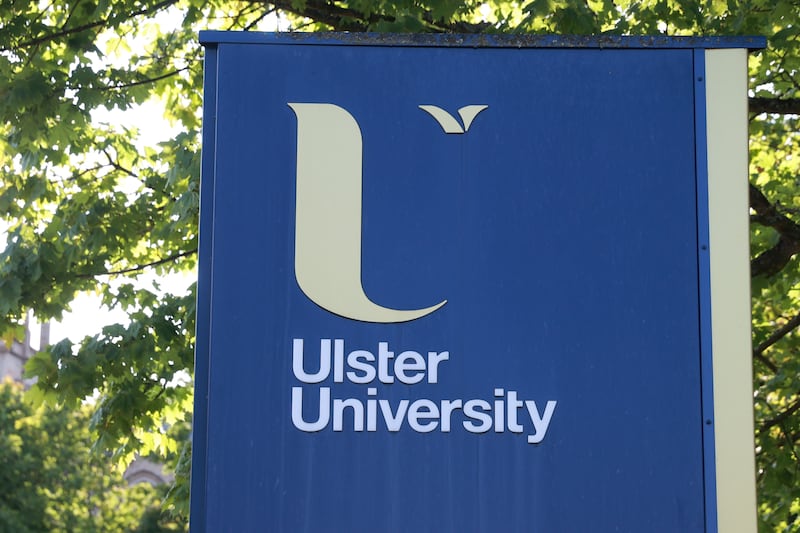NORTHERN Ireland’s productivity gap with the UK has widened in recent years, new economic research from Ulster University has concluded.
In a new briefing paper approaching the 25th anniversary of the Good Friday Agreement, Ulster University’s Economic Policy Centre (UUEPC) analysed labour productivity rates since 1998.
Labour productivity is calculated by dividing the total output within the economy (GVA) by total employment. GVA (gross value added) is the total income generated by an economy minus the cost of all inputs and raw materials that are directly attributable to production.
The paper found that while the economy and productivity has improved in absolute terms since 1998, in relative terms, the gap with the UK as a whole is growing.
Productivity has been identified as a long-standing and inherent weakness in the economy here.
While the issue has been explored in depth through recent research by Dr David Jordan and Prof John Turner from Queen's University’s Management School, the new UU paper has looked at the issue at a sub-sectoral level.
Overall, it found few sectors in Northern Ireland are experiencing high productivity growth, and those that do, represent a low proportion of the overall workforce.
It found the ‘public administration and defence’ sector had produced the highest productivity rates in 2019, measuring at £65,000 per job. But the sector accounted for just 6 per cent of total employment.
It was closely followed by finance and insurance (2 per cent of employment), with productivity per job at £61,000.
The wholesale & retail and health sectors, which between them represent nearly one-third of all employment in the north (31 per cent), were recorded as relatively low in terms of productivity at £42,000 and £36,000 respectively per job.
Administration and support services, along with accommodation, were found to have the lowest productivity at £24,200 and £23,500. That was largely down to the high proportion of part-time workers in those sectors.
Total output (GVA) in the Northern Ireland economy reached £44 billion in 2019, growing from £31bn in 1998 (adjusted for 2019 prices). That represented an annual growth rate of 1.7 per cent, below the 1.9 per cent rate for the UK.
The UU academics said data from 2019 had been used due to the adverse impacts of Covid-19 in 2020.
They said their findings may suggest that productivity requires long term policy action for changes to be felt within the economy.
Research published last week as part of the independent review into Invest NI found the publicly funded economic support agency is currently having little, if any, bearing on productivity.
“Low productivity continues to be the most deep-seated constraint on incomes and growth,” stated the report.







